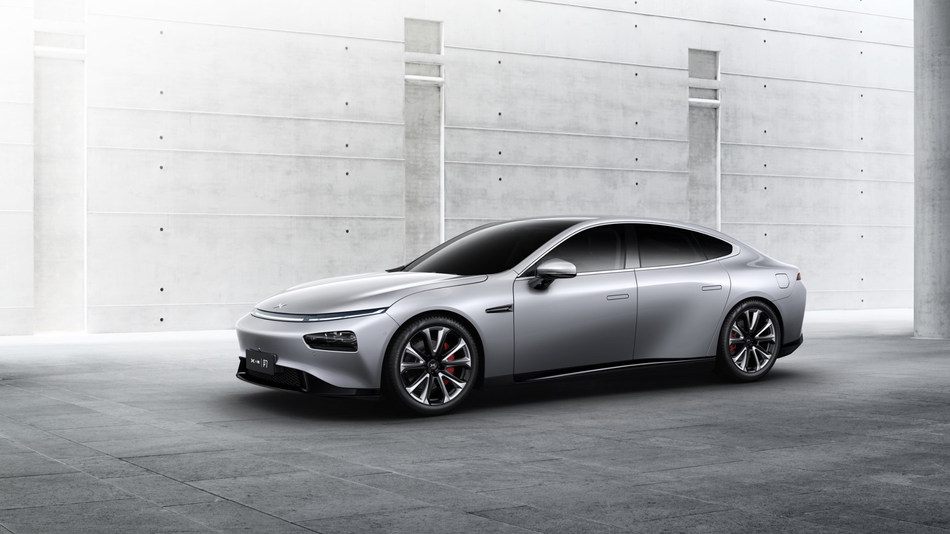China is reducing subsidies for new-energy vehicles by 20% in 2021 following a solid recovery in sales, moving to pull back fiscal support designed for a pandemic-battered market.
The new policy for the program, covering electric cars, plug-in hybrids, and fuel cell automobiles, took effect Friday. The subsidies are reduced by a smaller 10% for commercial vehicles including buses, taxis, ride-sharing vehicles, and waste collection trucks.
Sales subsidies for standard electric vehicles with a travel range of 300 km to 400 km per charge decline to RMB 13,000 (USD 2,012) in 2021 from RMB 16,200 in 2020. Buyers of standard plug-in hybrids get RMB 6,800 instead of RMB 8,500.
Beijing announced a two-year extension to the subsidy program last March after sales of new-energy vehicles recorded their first year-on-year drop in 2019, a slump deepened by the coronavirus. But sales apparently ended up exceeding year-earlier levels by nearly 10% in 2020, prompting the government to curb support and lighten its fiscal burden.
The China Association of Automobile Manufacturers estimates sales of new-energy vehicles at 1.3 million units for 2020 and forecasts that they will reach 1.8 million units in 2021.
New-energy vehicles made up about 5% of China’s new-auto sales in 2020. The China Society of Automotive Engineers’ road map puts forth targets of 20% in 2025 and 50% in 2035, when the other half are to be conventional hybrids.
This article first appeared on Nikkei Asia. It’s republished here as part of 36Kr’s ongoing partnership with Nikkei.
